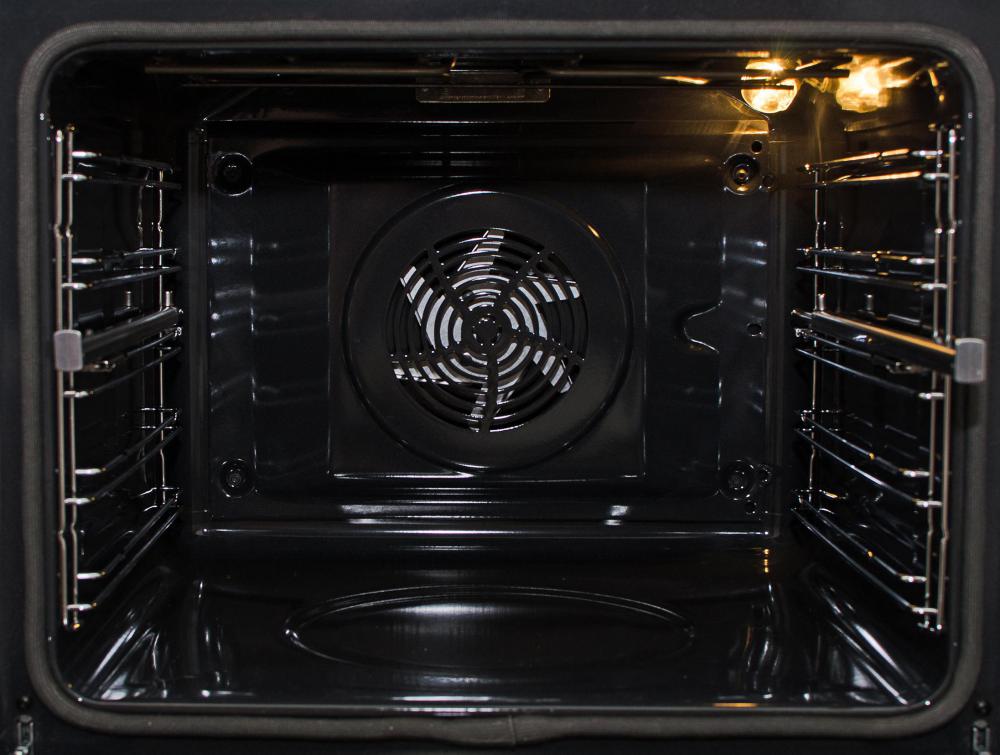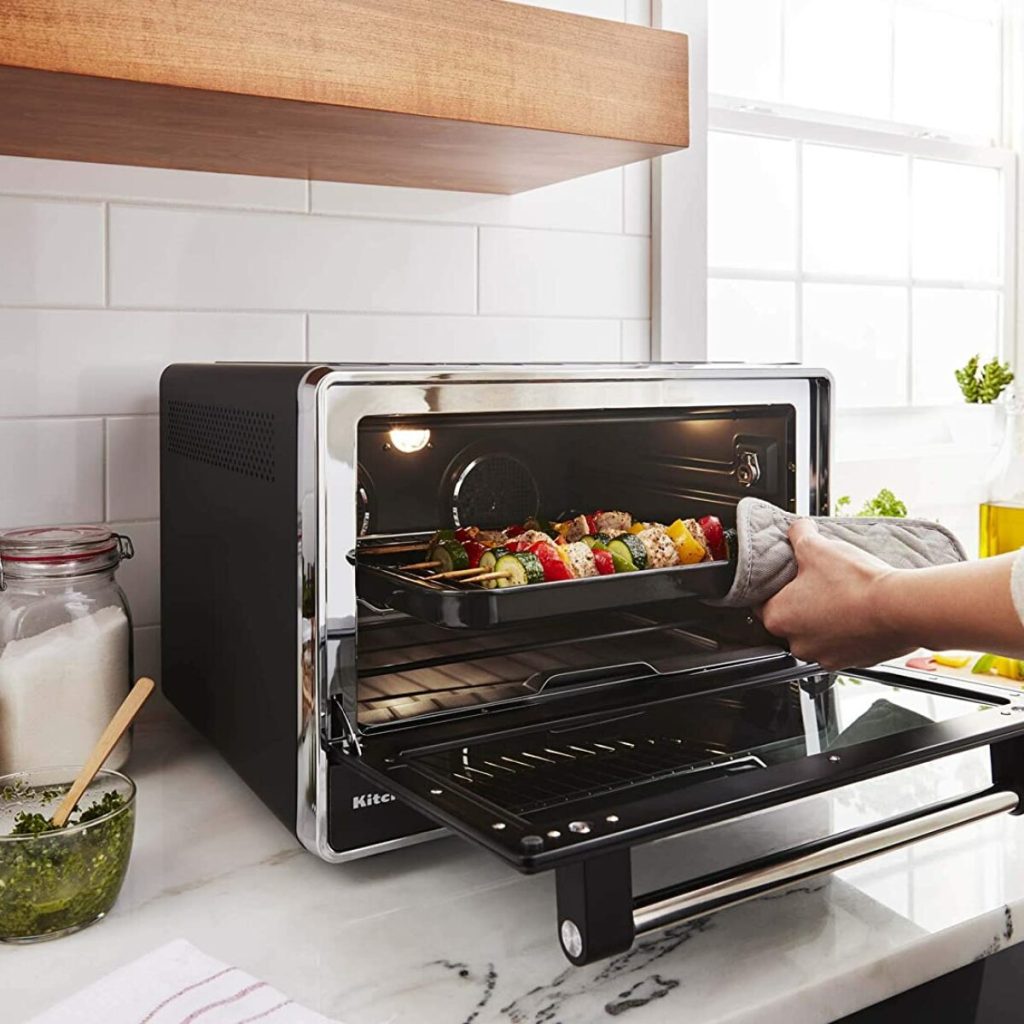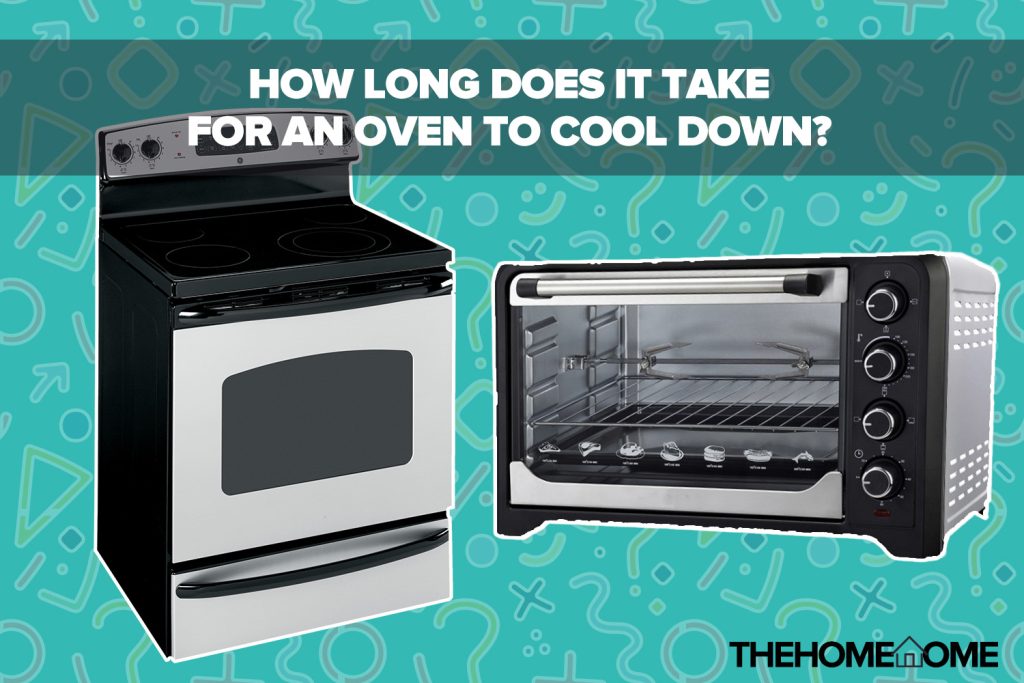When you need to make several dishes, one after the other, you want your oven to be at the right temperature for each of them, which means waiting between dishes until the oven is cool.
Do you wonder, how long do you have to stay for your oven to cool down? Because it is unsafe to touch the oven while it’s hot.
An oven takes approximately 40 to 45 minutes to cool down completely. However, the cooling time depends on the oven’s size, insulation quality, fuel type, and whether its door is open or closed. The same oven will take less time to cool if you keep the door open after switching off the supply.
We will be expatiating on the factors that affect the cooling time of an oven as listed in the response above.
How Long It Takes An Oven To Cool Down (Explained)
An oven is a highly convenient appliance to have in your kitchen, as you can use it to make everything from pizza and pasta to meats and desserts.
You may already know that an oven doesn’t automatically reach the desired temperature when you switch it on. It takes time to heat up to the temperature you set. Once it reaches this temperature, it will retain it until you reduce the heat or the power supply.
Just like it takes time for an oven to reach the desired temperature, it needs time to cool down. However, this time depends on various factors. Let’s look at each of them closely.
1. Oven size
The size of an oven determines the time it takes for the oven to cool down. Have you noticed how cookies or pies cook faster in a small oven? This is because a large oven has a larger area to warm. So, by the laws of physics, it takes longer to heat or cool a large space.
Meanwhile, smaller ovens have less area hence, they heat and cool faster than big ovens.

2. Insulation Quality
Insulation quality plays a vital role in heat dissipation. It also decides the efficiency of the device. The insulation helps to retain the heat energy for cooking food. Nevertheless, the purpose of the insulation is to trap the heat inside an oven.
Once you cut off the power supply, heat will start escaping from the oven, and its temperature will fall. However, ovens with good insulation will keep some of the heat inside which may result in taking a long time to cool while old and damaged insulation can cause heat to escape faster.
3. Fuel type – Electric or Gas
Depending on the type of fuel, the method of operation will be different. So will their cooling times.
In a gas oven, the appliance starts cooling as soon as the supply is off. Meanwhile, an electric oven has various components that work together to deliver heat.
In an electric oven, the appliance cools down in stages. The oven reaches room temperature only when all the different components cool down. So, it usually takes longer than a gas oven.
4. Oven Door – Closed or Opened
While using an oven, you must keep the door closed to trap the hot air inside the chamber. Opening the door for even a few minutes will cause the temperature to fall significantly.
That is, you can also speed up the cooling process of an oven by opening its door for the cold air from the surroundings to rush in to take its place.
However, it’s not always a good idea to leave the oven door open. Let’s find out why;

Is it Safe to Leave the Oven Door Open To Help It Cool Down?
To some extent, it is not safe and dangerous to leave the oven door open. For instance, in a case whereby you have young kids or pets that can come too close to the appliance.
Also, depending on the type and model of your oven, it may or may not be advisable to leave the door open to cool it.
Some ovens have delicate electronic components and electric panels. These involve complex electronic circuitry, and each of these parts has a specific cooling time.
When you leave the door open, you force these components to cool down quickly. Forcing this action may damage the parts.
However, some ovens like traditional gas-powered ovens don’t present any problems when you leave the door open.
Nevertheless, leaving the door open will allow hot air from the inside to escape to the surroundings. This can make your kitchen toasty and will also release the food smells into the surrounding space.
Conclusion
With all the aforementioned, I hope this article about “How Long Does It takes for an Oven to Cool Down?” helped in understanding the processes and steps to take in cooling down your oven.
You can now relate to the safety procedures in handling your oven. Hopefully, we were able to answer most of your questions regarding this topic.

